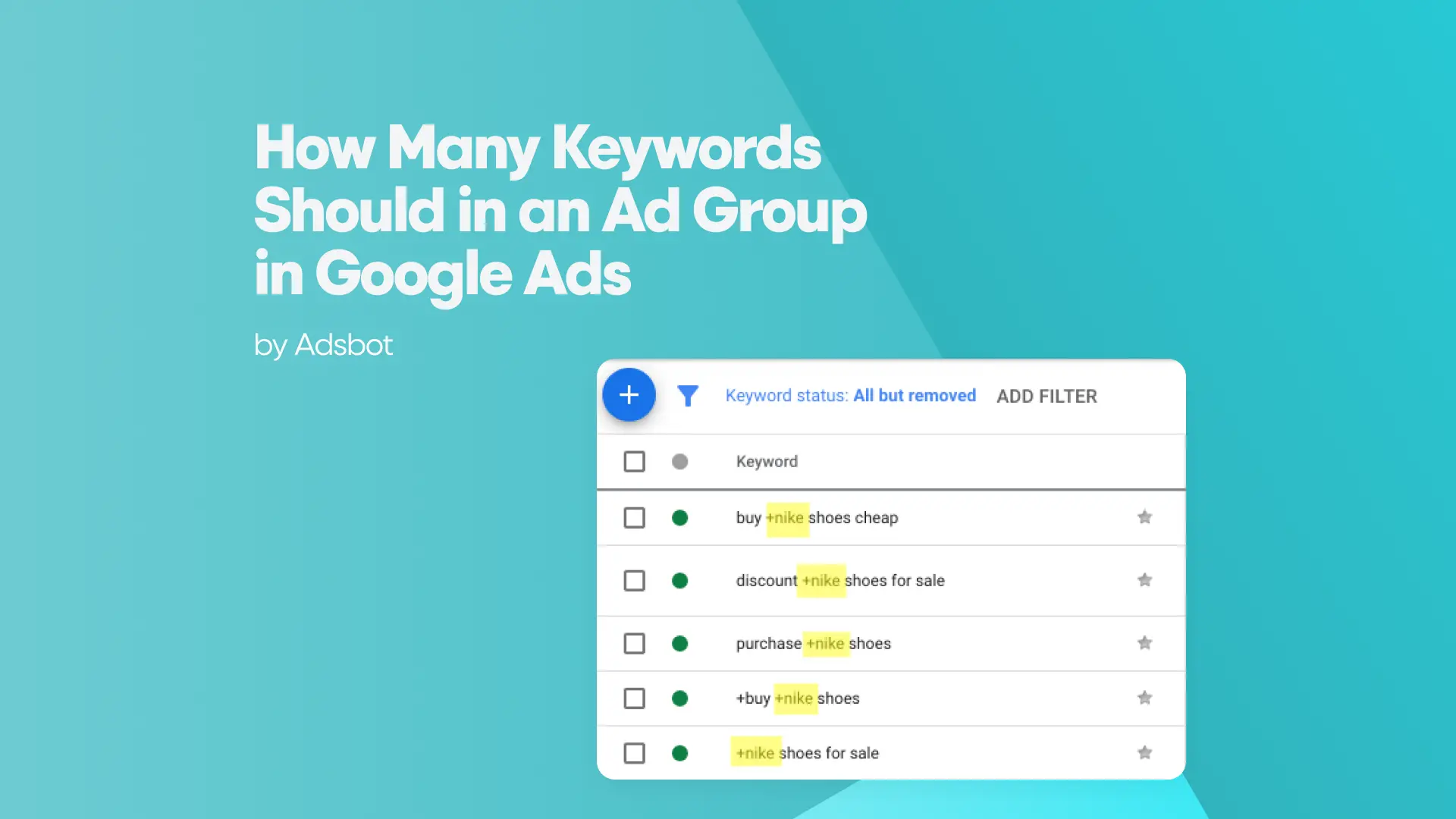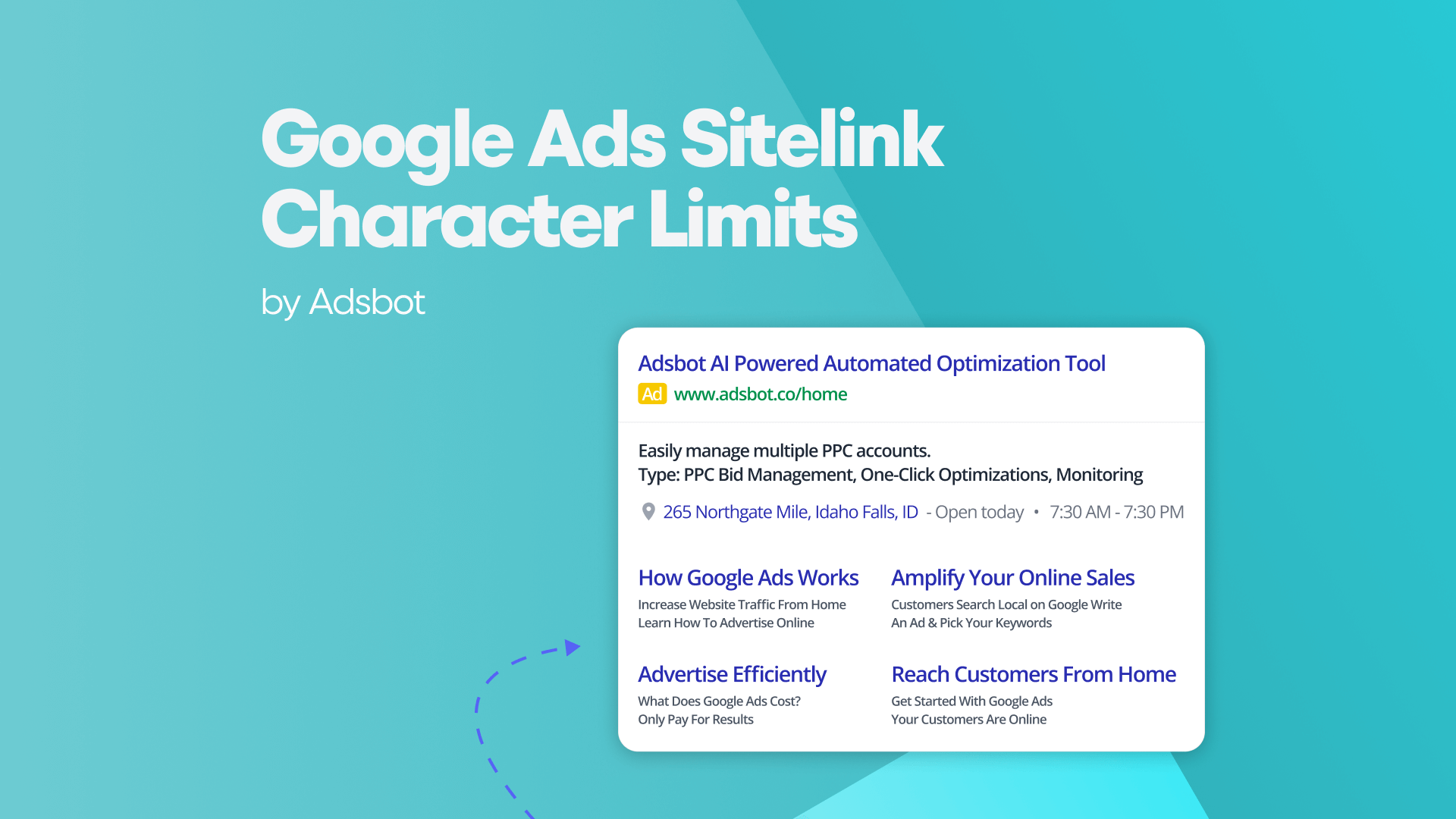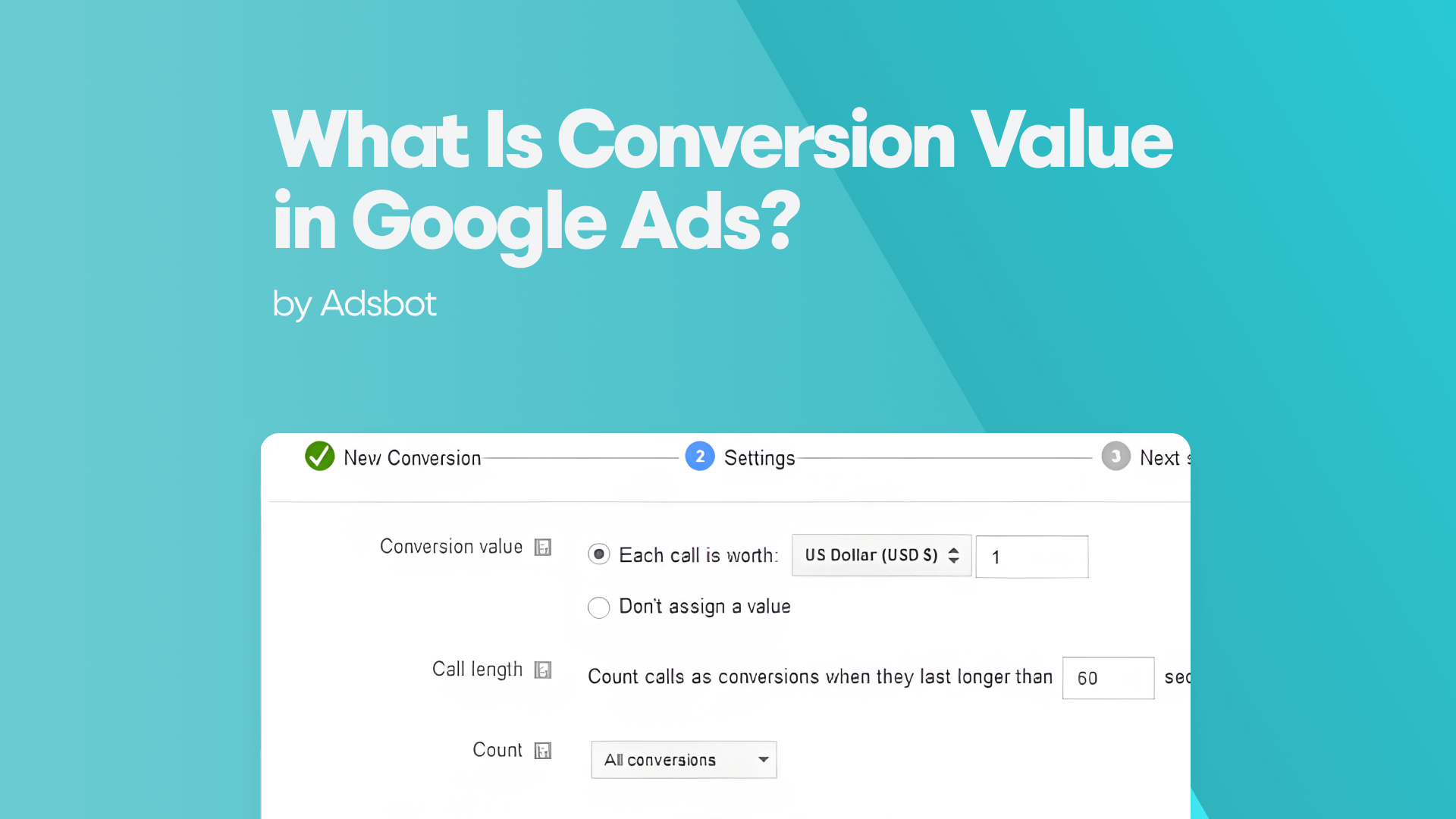Knowing and monitoring the correct conversion metrics is the secret to gauging and enhancing the performance of your digital marketing. They are the significant figures that enable you to convert raw data into valuable information, indicating what is working, what is not, and where you need to invest for the highest returns.
A conversion is any action you wish a user to perform, such as a purchase or newsletter sign-up. Conversion metrics are the means by which we track those actions. They represent true success, moving beyond mere figures such as website traffic to emphasize tangible business outcomes. By monitoring these ten key metrics, novice marketers can create a solid framework for making intelligent, data-driven decisions, ensuring each campaign generates profit and increases over time.
1. Conversion Rate (CVR)
Conversion Rate is likely the most vital conversion measurement. It indicates the percentage of site visitors who perform the action you would like them to do. This may include purchasing something, registering for emails, or even downloading a guide.
CVR is also the best measure of how effective your website and campaigns are at persuading people to take action. If your CVR is low, something is wrong with that customer journey, such as a complicated page, poor buttons, or ads that aren’t consistent with what is on your website. Fixing these issues is called conversion rate optimization.
Formula: CVR = (Number of Conversions / Total Visitors) × 100%
Example: If a landing page has 2,000 visitors in a month and converts 50 leads, the CVR is (50 / 2,000) × 100 = 2.5%.
Improvement strategies: Try out various page elements, create improved ad copy, and simplify your website.
2. Cost Per Acquisition (CPA)
Cost Per Acquisition (also known as Cost Per Conversion) is a key money metric that indicates what it costs, on average, to acquire one paying customer. This figure directly relates your marketing expenditure to tangible outcomes, providing a clear indication of the effectiveness of your campaign. It addresses the critical question: “How much am I paying to acquire one customer?”
A high CPA might mean you’re wasting money on ads, targeting the wrong people, or your offer isn’t good enough. A low CPA means you have a very effective and profitable campaign.
Formula: CPA = Total Marketing Campaign Cost / Number of Conversions
Example: When you invest $1,000 in a Google Ads campaign and get 20 sales, your CPA is $50.
Improvement strategies: Target more relevant audiences, increase your ad quality scores, and get your landing pages to convert better.
3. Average Order Value (AOV)
Average Order Value is the amount, on average, that a customer spends per transaction on your platform or website. While Conversion Rate monitors how often people buy, AOV gauges how much they spend when they do buy. Raising your AOV is one of the simplest ways to grow revenue without having to drive more traffic or ad spend.
Formula: AOV = Total Revenue / Number of Orders
Example: If your store made $10,000 in revenue from 200 individual orders last month, your AOV is $50.
Improvement strategies: Upselling (presenting a higher-end version of an item), cross-selling (recommending complementary products), bundling products, and implementing a minimum purchase amount for free shipping.
4. Customer Lifetime Value (CLV)
Customer Lifetime Value is a prospective measure that forecasts the amount of net profit a company will make from a single customer over the whole period of their relationship. It redirects attention away from short-term benefits, such as one purchase, and toward long-term profitability and loyalty.
It is important to understand CLV to make marketing spend decisions, customer acquisition cost decisions, and retention decisions. A company with a high CLV can afford to have a higher CPA.
Formula: CLV = Average Purchase Value × Average Purchase Frequency Rate × Average Customer Lifespan
Example: If a customer spends $50 on average per purchase, purchases 4 times annually, and stays a customer for 3 years, their CLV is $50 × 4 × 3 = $600.
Improvement strategies: Develop solid customer relationships through loyalty programs, one-to-one communication, and superior customer service.
5. Return on Ad Spend (ROAS)
Return on Ad Spend is a revenue-focused metric that calculates how much gross revenue is achieved for each dollar of ad spend. It is an essential KPI for assessing the performance and profitability of particular advertising campaigns or channels.
As opposed to CPA, which is concerned with cost per action, ROAS is specifically concerned with revenue return, asking the question: “For every dollar I invest in this ad campaign, how many dollars am I generating?”
Formula: ROAS = (Revenue Generated from Ads / Cost of Ads)
Example: If a $500 campaign brings in $2,500 in revenue, the ROAS is $2,500 / $500 = 5, or 5:1. This indicates that for each dollar you spent, you got five back.
Improvement strategies: Reinvest budget in top-performing campaigns, tighten ad targeting, and enhance the conversion rates of related landing pages.
6. Lead-to-Customer Rate
For companies that use a sales process to close prospects, the Lead-to-Customer Rate is a vital metric. It calculates the rate at which leads generated through marketing become paying customers. This KPI gives you a clear picture of lead quality as well as the efficiency of your sales funnel.
A low percentage could indicate that marketing is producing unqualified leads or that the sales follow-up process contains inefficiencies.
Formula: Lead-to-Customer Rate = (Number of New Customers / Total Number of Leads) × 100%
Example: When your marketing organization brings in 500 leads in a quarter and the sales organization closes 25 of them, the Lead-to-Customer Rate is (25 / 500) × 100 = 5%.
Improvement strategies: Enhanced lead scoring, nurturing campaigns, and a simplified sales handoff.
7. Bounce Rate
Bounce Rate is the percentage of visitors who come to a page on your site and depart without clicking on anything or visiting a second page. It’s a one-page session. Though not a direct conversion measure, it’s an important diagnostic metric.
A high bounce rate on one of your most important landing pages can signal a major issue that’s hindering conversions. Some of the most common culprits are slow loading times, mismatched ad copy and landing page content, poor mobile responsiveness, or unattractive design.
Formula: Bounce Rate = (Number of Single-Page Sessions / Total Sessions on the Page) × 100%
Improvement strategies: Get your pages to load fast, headlines to be interesting and pertinent, content to be worthwhile, and internal links and CTAs to be obvious and visible.
8. Cart Abandonment Rate
In particular for online shopping businesses, the Cart Abandonment Rate is an important metric that measures the number of consumers who put a product in the online shopping cart but leave the site without checking out. This is a huge loss of revenue and indicates friction in the later stages of the conversion funnel.
The most common reasons for high cart abandonment rates are unexpected shipping charges, a complex or longer-than-expected checkout process, mandatory account creation, or a lack of payment options that are considered trustworthy.
Formula: Cart Abandonment Rate = 1 – (Number of Completed Transactions / Number of Carts Created) × 100%
Improvement strategies: Provide upfront pricing, guest checkout, progress indicators, trust indicators such as security badges, and cart abandonment email campaigns to recuperate potentially lost sales.
9. New vs. Returning Visitor Conversion Rate
Segmenting your conversion rate by new and returning visitors gives more insight into user behavior and the performance of your marketing efforts at various points in the customer lifecycle.
- New Visitor Conversion Rate: Tracks how effectively your site is converting first-time visitors, reflecting the effectiveness of your acquisition strategies and the quality of your first impression.
- Returning Visitor Conversion Rate: Tracks how effectively you convert individuals who have visited your site previously, indicating brand loyalty and retention marketing effectiveness.
Calculation: Use the regular CVR formula on each segment individually.
Improvement strategies: For first-time visitors, emphasize value propositions and trust establishment; for repeat visitors, emphasize loyalty programs and targeted offers.
10. Click-Through Rate (CTR)
Though commonly thought of as a traffic measure, Click-Through Rate is an important step toward conversion and is a primary micro-conversion. It calculates the ratio of individuals who click on a given link, ad, or CTA after viewing it. A high CTR is a sign that your message, whether in an ad, email subject line, or organic search result, is strong and resonates with your target audience.
CTR Formula = (Total Clicks / Total Impressions) × 100%
Example: If your advertisement is displayed 10,000 times (impressions) and gets 200 clicks, your CTR is 2%.
Improvement strategies: Testing headlines, ad copy, imagery, and calls-to-action via A/B testing.
Key Conversion Metrics: At a Glance
| Metric | Formula | What it Measures |
|---|---|---|
| Conversion Rate (CVR) | (Number of Conversions / Total Visitors) × 100% | The percentage of website visitors who complete a desired action, such as a purchase or sign-up. |
| Cost Per Acquisition (CPA) | Total Marketing Campaign Cost / Number of Conversions | The average cost to acquire one paying customer. |
| Average Order Value (AOV) | Total Revenue / Number of Orders | The average amount a customer spends per transaction. |
| Customer Lifetime Value (CLV) | Average Purchase Value × Average Purchase Frequency Rate × Average Customer Lifespan | The net profit a company expects to make from a single customer over the entire period of their relationship. |
| Return on Ad Spend (ROAS) | (Revenue Generated from Ads / Cost of Ads) | How much gross revenue is achieved for each dollar spent on advertising. |
| Lead-to-Customer Rate | (Number of New Customers / Total Number of Leads) × 100% | The rate at which leads generated through marketing become paying customers. |
| Bounce Rate | (Number of Single-Page Sessions / Total Sessions on the Page) × 100% | The percentage of visitors who leave a site after viewing only one page. |
| Cart Abandonment Rate | 1 – (Number of Completed Transactions / Number of Carts Created) × 100% | The percentage of consumers who add items to an online shopping cart but do not complete the purchase. |
| New vs. Returning Visitor Conversion Rate | (Number of Conversions / Segment Visitors) × 100% | New Visitor Conversion Rate: Effectiveness of converting first-time visitors.Returning Visitor Conversion Rate: Effectiveness of converting individuals who have visited previously. |
| Click-Through Rate (CTR) | (Total Clicks / Total Impressions) × 100% | The ratio of individuals who click on a link, ad, or CTA after viewing it, indicating the strength and resonance of the message with the target audience. |
Frequently Asked Questions
What is a conversion metric?
A conversion metric is a measurable value that is used to monitor the success of an advertising campaign by recording the number of users who have taken a desired action. Such actions, or conversions, may be making a purchase, completing a form, or subscribing to a newsletter. They are necessary for gauging marketing ROI and user behavior.
What are the most important metrics for conversion rate?
The most critical measure is the Conversion Rate (CVR) itself. Other essential measures that help put this into context are Cost Per Acquisition (CPA), a measure of efficiency, Average Order Value (AOV), a measure of transaction value, and Customer Lifetime Value (CLV), a measure of long-term profitability.
How do you calculate a conversion metric?
The math varies for each specific metric, but it typically means dividing the number of successful results by the number of overall opportunities. For instance, to find Conversion Rate, you would use the formula: (Number of Conversions / Total Number of Visitors) × 100. This gives you a percentage that is your success rate.
What is a conversion cost KPI?
A conversion cost KPI is a metric that quantifies the monetary cost of securing one conversion. The best example is Cost Per Acquisition (CPA) or Cost Per Conversion, which one can calculate by taking the total expense of a campaign and dividing it by the number of conversions it has yielded. This KPI is essential in determining the financial effectiveness and profitability of your marketing activity.
Why is tracking conversion metrics important?
It is essential to track conversion metrics since it goes beyond superficial metrics such as traffic to quantify genuine business effect and ROI. It enables marketers to see which strategies are successfully producing profitable actions, recognize friction in the customer journey, and make data-informed decisions in order to optimize campaigns for improved performance.
Popular Posts
-
How Many Keywords Should Be In an Ad Group in Google Ads?
Ever wondered if your Google Ads campaigns are packed with…
Read more -
Google Ads Script for Dummies: An Introduction
Imagine you have an e-commerce website that sells licensed superhero…
Read more -
Google Ads Sitelink Character Limits
Your Google Ads are cutting off in the middle of…
Read more -
What Is Conversion Value in Google Ads?
What if you could put a price tag on every…
Read more
Register for our Free 14-day Trial now!
No credit card required, cancel anytime.





